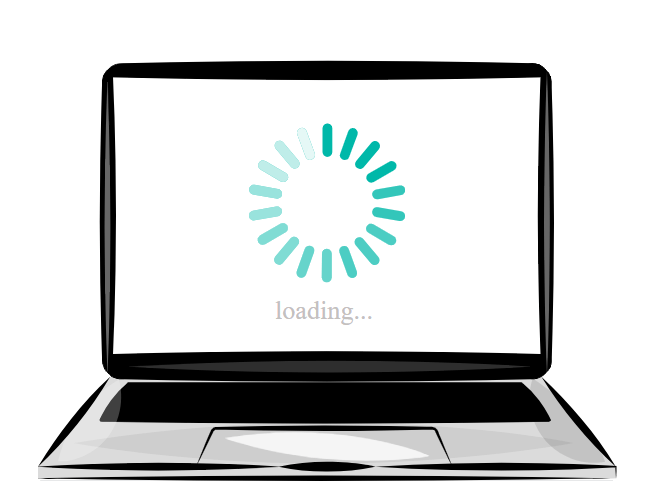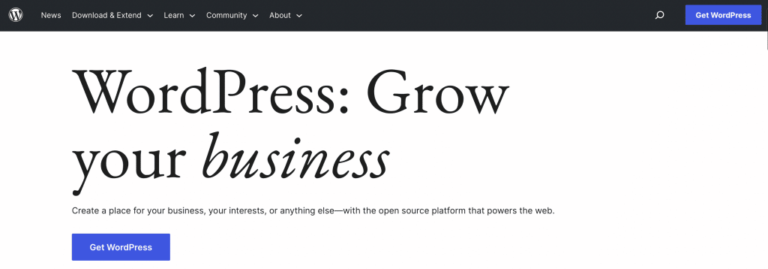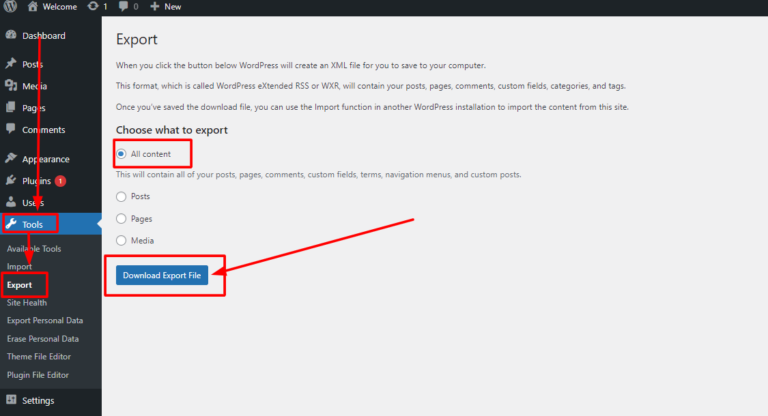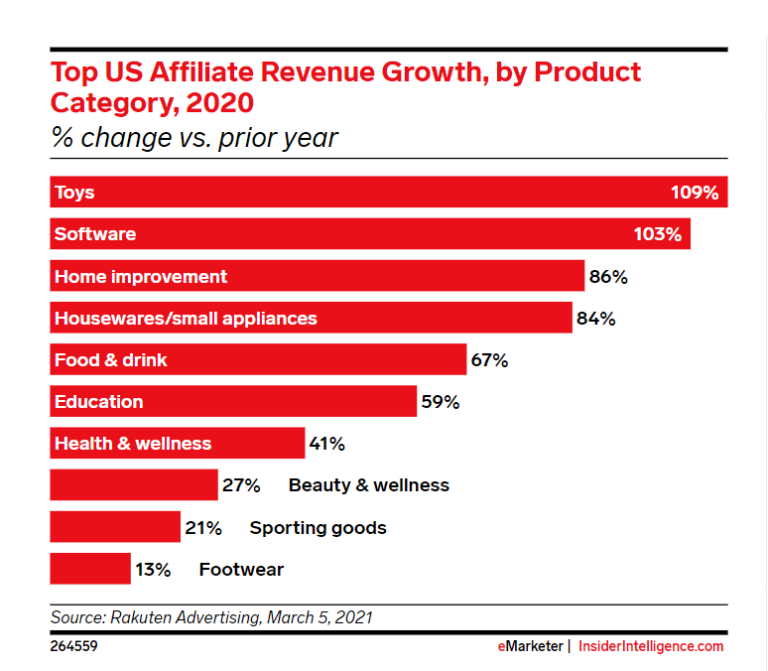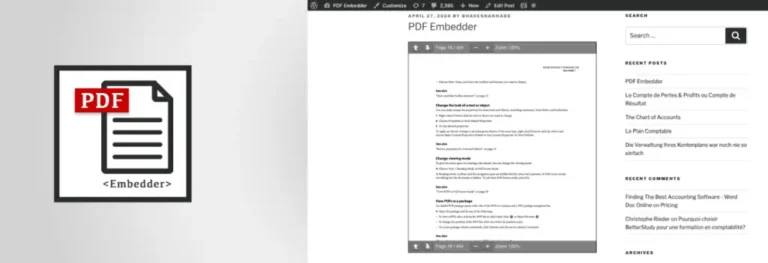Are you looking to better understand how to manage user roles and capabilities in WordPress?
In this article, we will explore the default user roles, efficient ways to manage user roles, how to customize user roles, managing users in multisite networks, utilizing plugins for user roles, and provide some final thoughts on the topic.
Whether you are a beginner or an experienced user, this article will provide valuable insights to help you effectively manage user roles and capabilities in WordPress.
Key Takeaways:
Understanding WordPress User Roles and Capabilities
WordPress user roles and capabilities play a crucial role in defining the access levels and permissions of different users within a WordPress website.
These roles, such as Administrator, Editor, Author, Contributor, and Subscriber, are essential for managing a site effectively. The Administrator role has the highest level of control, allowing complete access to all features, including user management and plugin installations.
On the other hand, an Editor can publish and manage all posts, whereas an Author can create and publish their posts. Contributors, on the other hand, can write posts but cannot publish them directly. Subscribers have the most restricted role, mainly for managing their profiles and receiving updates.
These distinctions are critical for security as they control who can perform specific actions on the site. For instance, an Administrator can change website settings and install new plugins, while a Contributor can only submit posts for review by higher-level users.
WordPress provides a WP_Roles Class that serves as a robust tool for managing and customizing user roles efficiently. By utilizing this class, site administrators can create custom roles, tweak existing capabilities, and maintain a secure environment by restricting access to sensitive functionalities.
Exploring Default User Roles
WordPress offers default user roles such as Administrator, Editor, Author, Contributor, and Subscriber, each with unique capabilities and responsibilities.
The Administrator role is the most powerful in WordPress, with complete control over site settings, themes, plugins, users, and more. Administrators can add new users, change any settings, and even delete the entire site if needed.
Editors have the ability to publish and manage posts, including those of other users. Authors can write, publish, and edit their posts but cannot modify other users’ content. Contributors can submit posts for review but cannot publish them. Subscribers can only manage their profiles and receive notifications on new content.
Managing User Roles Efficiently
Efficiently managing user roles in WordPress involves assigning appropriate capabilities and permissions to users based on their roles and responsibilities.
Role-based access control is a fundamental aspect of maintaining the security and integrity of a WordPress site. By carefully defining and allocating capabilities to each user role, you can ensure that individuals have the necessary tools and access levels to fulfill their duties without compromising the overall site’s functionality or safety.
When setting up user roles, it’s crucial to conduct a thorough evaluation of the specific tasks and responsibilities associated with each role.
- This includes determining whether certain roles require the ability to publish posts, moderate comments, or access sensitive data.
- Once the roles have been clearly defined, assigning permissions can be tailored to match the distinct needs of each role, granting the appropriate level of access necessary for their tasks.
Customizing User Roles
Customizing user roles in WordPress allows website owners to tailor permissions, capabilities, and access levels according to specific requirements and workflows.
By diving into the process of customizing user roles, administrators can fine-tune the user experience and enhance site security. Adding new roles is one way to segment users based on their responsibilities, ensuring that each member accesses only relevant features. Furthermore, modifying capabilities enables a more granular control over actions that users can perform within the site. This strategic adjustment of privileges not only improves site management efficiency but also boosts user engagement by offering a more personalized experience.
Managing Users in Multisite Networks
Managing users in Multisite networks on WordPress involves overseeing user roles, permissions, and access control across multiple interconnected websites.
One of the key challenges faced in managing users across a Multisite network is ensuring consistent user roles synchronization. As users navigate between different sites within the network, maintaining uniform permissions can be complex, especially when each site has its own set of rules and access levels. To address this, administrators can leverage the User Roles API to streamline the management process, allowing for centralized control over user roles and permissions.
Utilizing Plugins for User Roles
Utilizing plugins for user roles in WordPress can enhance the default role system by providing additional functionalities, capabilities, and role customization options.
One of the most significant benefits of using plugins to manage user roles in WordPress is the ability to assign specific permissions and access levels to different users based on their roles.
Popular plugins, such as Members, User Role Editor, and Advanced Access Manager, offer advanced capabilities that allow users to easily create, edit, and customize roles to meet specific needs.
By comparing the default capabilities of WordPress roles with those offered by plugins in a roles vs capabilities chart, users can visualize the differences and make informed decisions on which plugin best suits their requirements.
Final Thoughts
Understanding WordPress user roles and capabilities is essential for maintaining a secure and organized website with clearly defined role levels and hierarchical structures.
WordPress user roles play a critical role in managing who can do what on a website. By assigning specific roles to users, WordPress allows administrators to control access and limit permissions based on responsibilities. The hierarchical role structure offers a layered approach, ensuring that higher-level roles have the necessary privileges while lower-level roles are restricted to relevant tasks.
Clear role levels prevent confusion and unauthorized access, promoting efficient user management. It’s vital to assign roles carefully, aligning them with job functions and maintaining transparency about the capabilities associated with each role level.
Frequently Asked Questions
What are user roles and capabilities in WordPress?
User roles and capabilities in WordPress refer to the different levels of access and permissions that can be assigned to users on a WordPress website. These roles and capabilities determine what actions a user is allowed to perform on the site, such as creating content, managing settings, or making changes to the site’s design.
How can I manage user roles and capabilities in WordPress with PHP?
User roles and capabilities can be managed in WordPress using PHP code. This involves using functions and methods provided by the WordPress API to create, edit, or delete user roles and assign capabilities to them. This is a more advanced method of managing user roles and capabilities compared to using the built-in WordPress user interface.
What is the difference between user roles and capabilities in WordPress?
User roles and capabilities are often used interchangeably, but they have distinct meanings in WordPress. User roles refer to the pre-defined groups that users can be assigned to, such as administrator, editor, author, contributor, and subscriber. Capabilities, on the other hand, are the specific actions or tasks that a user can perform, which are assigned to user roles.
Can I create custom user roles with PHP in WordPress?
Yes, it is possible to create custom user roles in WordPress using PHP. This can be useful if you want to add more specific roles with unique capabilities for your website. Custom user roles can be created using the add_role() function in WordPress, which allows you to specify the role name, capabilities, and other parameters.
How can I restrict certain capabilities to specific user roles in WordPress with PHP?
You can restrict capabilities to certain user roles in WordPress by using the remove_cap() function in PHP. This function allows you to remove specific capabilities from a user role, effectively limiting what actions that role can perform on the site. This can be useful for managing user access and permissions in a more granular way.
Is it possible to modify existing user roles and capabilities with PHP in WordPress?
Yes, it is possible to modify existing user roles and capabilities in WordPress using PHP. This can be done by using functions such as add_cap() and remove_cap() to add or remove capabilities from a user role. It is important to note that modifying built-in roles, such as the administrator role, should be done with caution to avoid breaking the functionality of your website.
